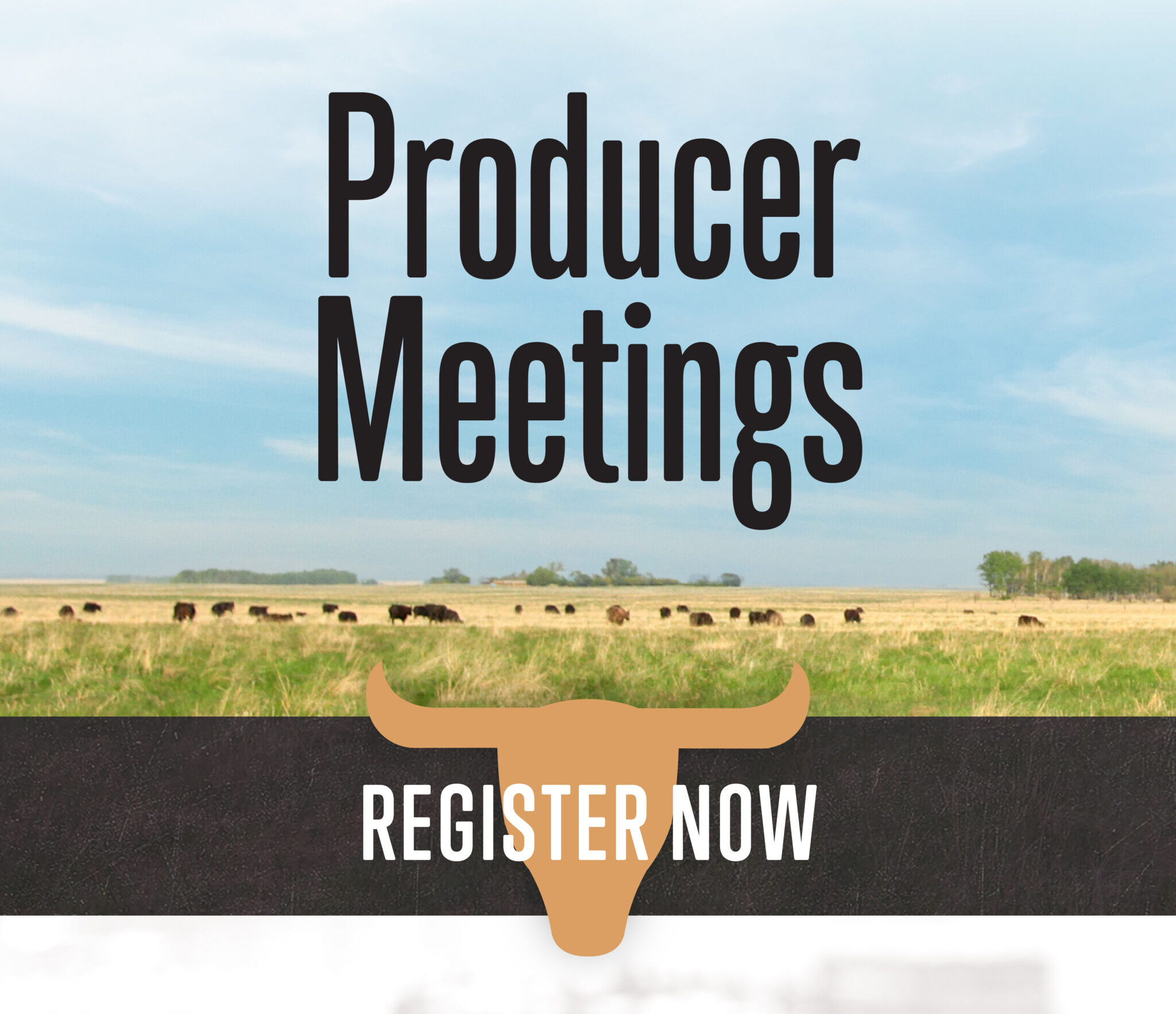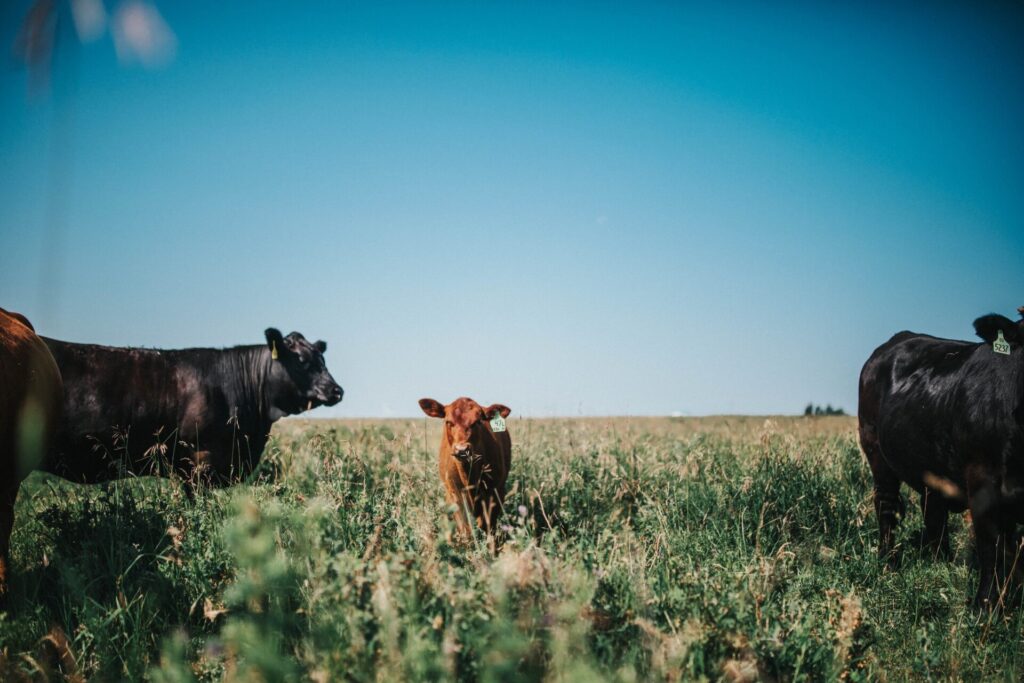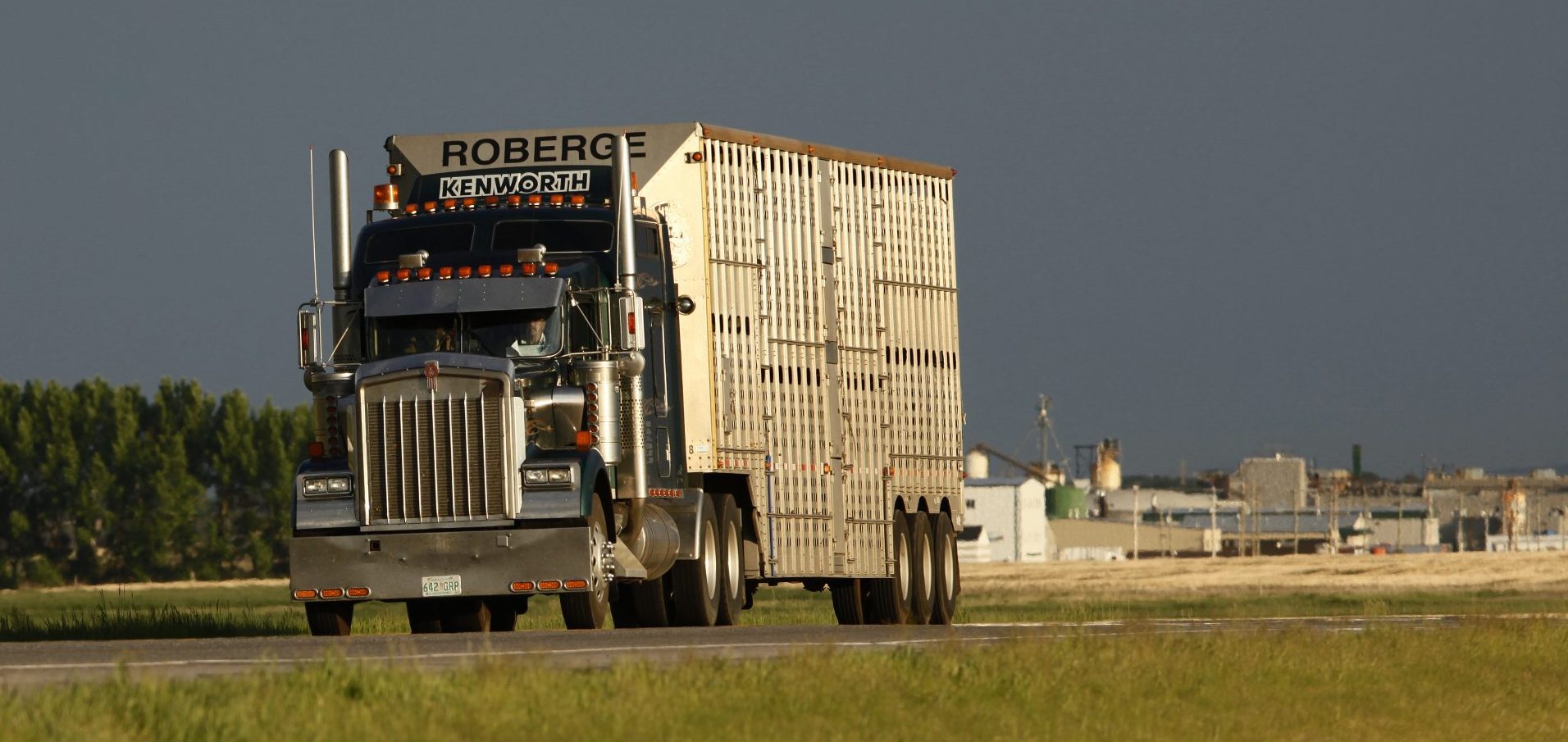AB Direct - Steers
Rail: 475.00-485.00 del
AB Direct - Heifers
Rail: 475.00-485.00 del
US Trade- Steers
Rail: 330.00 (IA, NE)
US Trade - Heifers
Rail: 330.00 (IA, NE)
Canadian Dollar
0.27
When do I turn out my cows? Managing spring pastures during and after drought
This article was originally posted on the Beef Cattle Research Council’s website on February 28, 2024. Beef producers will soon be making grazing plans for turning their herds out to spring pastures. While drought planning should be a routine part of the development of short- and long-term grazing plans, many beef cattle herds have withstood successive years…
Animal Health Canada receives $1.7M for livestock disease prevention and preparedness
The Government of Canada has announced funding of up to $1,697,850 to Animal Health Canada to support their role in foreign animal disease prevention and preparedness efforts in Canada, including for African swine fever (ASF) and Food and Mouth Disease (FMD). Animal Health Canada brings together the agriculture industry, and federal, provincial, and territorial partners…
Know your zoonoses
Worldwide, it is estimated that approximately 60 per cent of infectious diseases are zoonotic, meaning they can be transmitted between animals and people. There are a number of different ways zoonoses can be spread between humans and animals, including direct and indirect contact, foodborne, inhalation, and vector borne. You may be familiar with some of…
Why protein is important
All living creatures and plants contain protein. Plants take in nitrogen to produce protein. Some animals, including cattle, consume plant material. During digestion of the forage, the plant protein is broken down into amino acids. Rumen bacteria, protozoa, fungi, and viruses rebuild the amino acids into proteins that are required by the animal. Microbes that…
Water well monitoring conditions for your CFO
Do you have water well monitoring conditions attached to your confined feeding operation (CFO) permit? The Natural Resources Conservation Board (NRCB) has just published a new fact sheet outlining sampling methods and best practices for collecting water samples. You can find it here on the NRCB website: Sampling for Water Well Monitoring Fact Sheet. For…
Reminders for humane transport
Every day, thousands of cattle travel by trailer. Most of these animals are fit for the journey and experience no negative outcomes. However, there are instances where we must ask, “is this animal fit to load and be transported?” Updates to the Health of Animals Regulations Part XII, Humane Transport took effect in 2020. Now,…
Utrecht calving technique uses natural positioning for smooth delivery, says veterinarian
“Whenever I’m speaking about dystocia, I always begin by mentioning the numbers 15 and 3,” says Mark Hilton, DVM and Midwest Beef Cattle Consultant. “If we have to assist more than 15 percent of our heifers and 3 percent of our mature cows, we have a problem needing attention, and it’s most likely our genetics.”…
Lidocaine-infused castration bands
New castration bands containing slow-release local anesthetic provide pain relief for cattle during castration. Large animal veterinarians in Alberta will soon be providing producers with anesthetic-infused castrationbands made in Canada. While producers currently inject pain relief or give it topically, a new process, developed by Solvet and Alberta Veterinary Laboratories (AVL), impregnates existing latex elastration…
Decision Time: Selecting heifers for the season ahead
Each winter many producers face tough decisions about which heifers to retain to breed as replacements, and which to sell or send to the feedlot. Recent record-high cattle prices have great influence over those decisions. It often begins with a visual appraisal…How does she look? How tall is she? What does she weigh? Is she…
Culling open younger cows?
ABP is excited to feature the writings of Barry Yaremcio, ruminant nutritionist and production management consultant. Barry is a trusted voice in cattle nutrition and forage production, operating Yaremcio Ag Consulting Ltd. This article was originally published on his BYOB Blog, which can be found on his website. It is very common for producers to sell open cows…
Elanco Canada launches new sustainability initiative
Elanco Canada – a subsidiary of a global animal health leader Elanco Animal Health – has announced the launch of a farm animal sustainability initiative, Leave it Better. Following its launch in the United States in 2022, Leave it Better will unite the scope of Elanco Canada’s sustainability work with pork, poultry, beef and dairy…
CFIA approves 3NOP as first feed ingredient to reduce methane emissions from cattle
The Canadian Food Inspection Agency (CFIA), is announcing the approval of 3-Nitrooxypropanol (3NOP) as a new livestock feed ingredient aimed at reducing methane emissions from cattle. Canadian farmers and ranchers are long-time partners with the environment and manage their land and animals to ensure sustainable and viable operations for the long-term. The efficiency and environmental…












